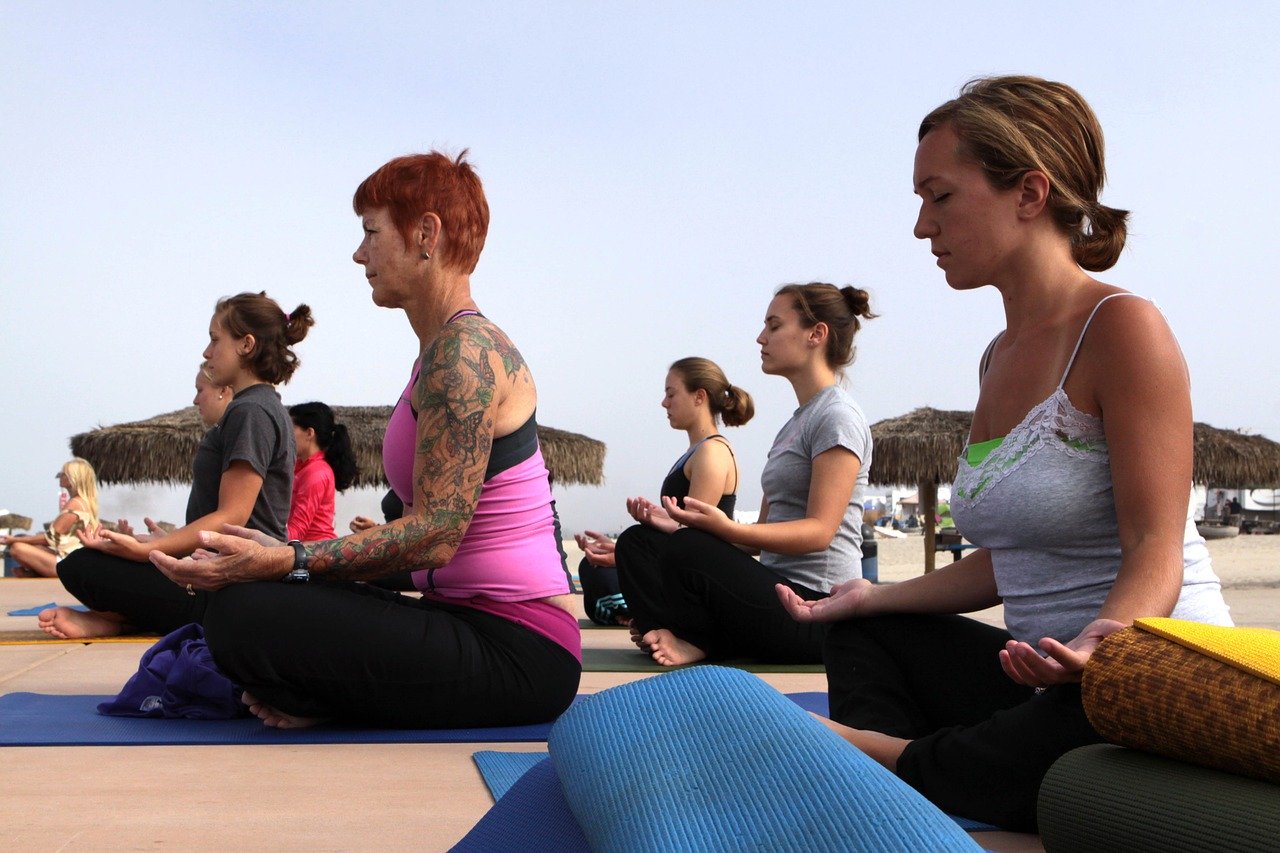While yoga has become popular all over the world for things such as weight loss or lowering anxiety, there are still some individuals who are confused as to what it is and how it works. Yoga can be a very powerful tool when it comes to helping you to better your life and get in shape. But how you approach it can greatly determine the effect you get from it.
What Is Yoga?
According to Yoga Training Guide, Yoga translates into a balance between “control” and “surrender”, between effort and relaxation and the channeling of energy and letting go, to let the energy direct the movement. Many teachers have found that there are basically two types of personality in yoga: the “relentless” and the “sensualists”.
Two Types Of Approaches
The relentless focus their practice more on control and progress while the sensualists focus on abandonment and relaxation. Since the real meaning of yoga is balance, if we are inclined to push too much, we must also learn to relax and appreciate the sensual aspect of a stretch. Conversely, if we tend to “relax” too much, we must learn to feel the benefits of more intense work and to use control to generate the energy flow.
Yoga Is The Art Of Resistance
The art of yoga is to focus on the diffusion and channeling of energy in different parts of our body, to listen to body messages (feedback) and to let go, to allow the energy to take the helm. The resistance of the body must be respected since it is a useful feedback phenomenon.
Another form of resistance would be to try to overcome this state or to overcome the pain threshold that we are experiencing, to go beyond our own limits, where we are and who we are now. When we stop “fighting resistance” and release energy where our limits lie, our body follows its own current and opens itself with very little resistance.
Exceeding one’s limits at all costs generates more resistance and tension than abandoning oneself in a posture where one can reach much deeper levels. If we are listening, our body will signal us when it is time to reach greater depth.
Conditioning Of Yoga
Another important aspect of this approach is to understand the meaning of “conditioning”. Since yoga is a balance between control and surrender, there is also an interaction between transformation and resistance to change.
It is impossible to remain as we are now: we either become more rigid and crystallized or we change our behavior and we transform. The conditioning process creates habits of mind and body that accumulate over time. These behaviors define us: how to move, how we stay, our way of thinking and even our opinions. As we age, the fact that we are rooted in our habits makes us more rigid both physically and mentally.
Yoga Habits
Conditioning and the habits that flow from it are part of the universal process of individuation. Individual entities, that is, all human beings, have self-protection mechanisms that define and protect their limits. The way we build our security mechanisms is often a process that we are not aware of.
Certain habits are necessary. They become dangerous if we unconsciously let them dictate our lives. The constant repetition of habits sometimes creates automatisms like a machine and alters our relationship with the present moment. If our habits are rigid and well established in the unconscious, perception is cloudy and we are not living in the present moment. Not to be in the present is to miss the essential.
Therefore, how you approach your Yoga practice will greatly determine the effect you get out of it. It is vital that one be mindful as to what their goals are and to ensure that their approach to their practice are aligned. It is also important that one be flexible in their approach, both physically and mentally, if they truly want to gain all the benefits that a yoga practice can offer.

